For FSR resistors it’s best to limit current through it to below 1mA/cm^2 of applied force. Usually this is done with a pull-up or pull down resistor of sufficient resistance. For example if 5V source used with a 10kohm resistor in pull up configuration , current is limited to maximum of 500uA.
In your circuit which is a FSR current to voltage converter, you would set RG to minimum resistance value of FSR. Perhaps a little more if that FSR resistance goes quite low.
For example if your FSR ranges from 1M ohm to 4.7kohm (no pressure to full pressure) , and you apply force across 1cm^2 then you should set RG to 4.7k ohm. That way if -5V is used as reference and max output of op amp is 5V then max current would only be 5/4.7k ohm or 1.06mA.
Source: https://www.sparkfun.com/datasheets/Sensors/Pressure/fsrguide.pdf
EDIT: I’m going to add some additional information from my own experience with FSR.
If you have an FSR that goes to values of less than 1k when fully pressed then the above advice needs to be tweaked. Here you should add a series resistance to the FSR. Let’s call the sum of the minimum resistance of FSR and Radded= Rmin. You would then set RG=Rmin. But ensure that Vout or VREF (of op amp or reference voltage, assuming they are the same) will cause V/RG=V/Rmin is less than or equal to max current of FSR.
